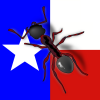Greetings.
I live on an abandoned golf course (it's been closed down for about 6 years now). The course is thriving with insect life and I take daily walks out there.
I have counted 8 Harvester Ant nests and 1 new one. So 9 total. I make my rounds usually daily (if work is forgiving) and observe the ants. Sometimes I carry oats or fruit and I drop it near the nest. There is one that I have been nurturing for about 1.5 years in hopes that one day I can capture an alate, however I appear to be running into some difficulties.
Yesterday it rained hard. I knew after seeing some winged ants a few weeks ago, the flights were going to begin. I decided to go do my rounds and I found wingless fireant alates all over the place. Matter of fact, all fireant nests had flights going on. I managed to grab a few roamers and they are sitting in test tubes in a dark drawer. This is my first attempt at raising a colony. I have 6 total.
Here is one I caught today
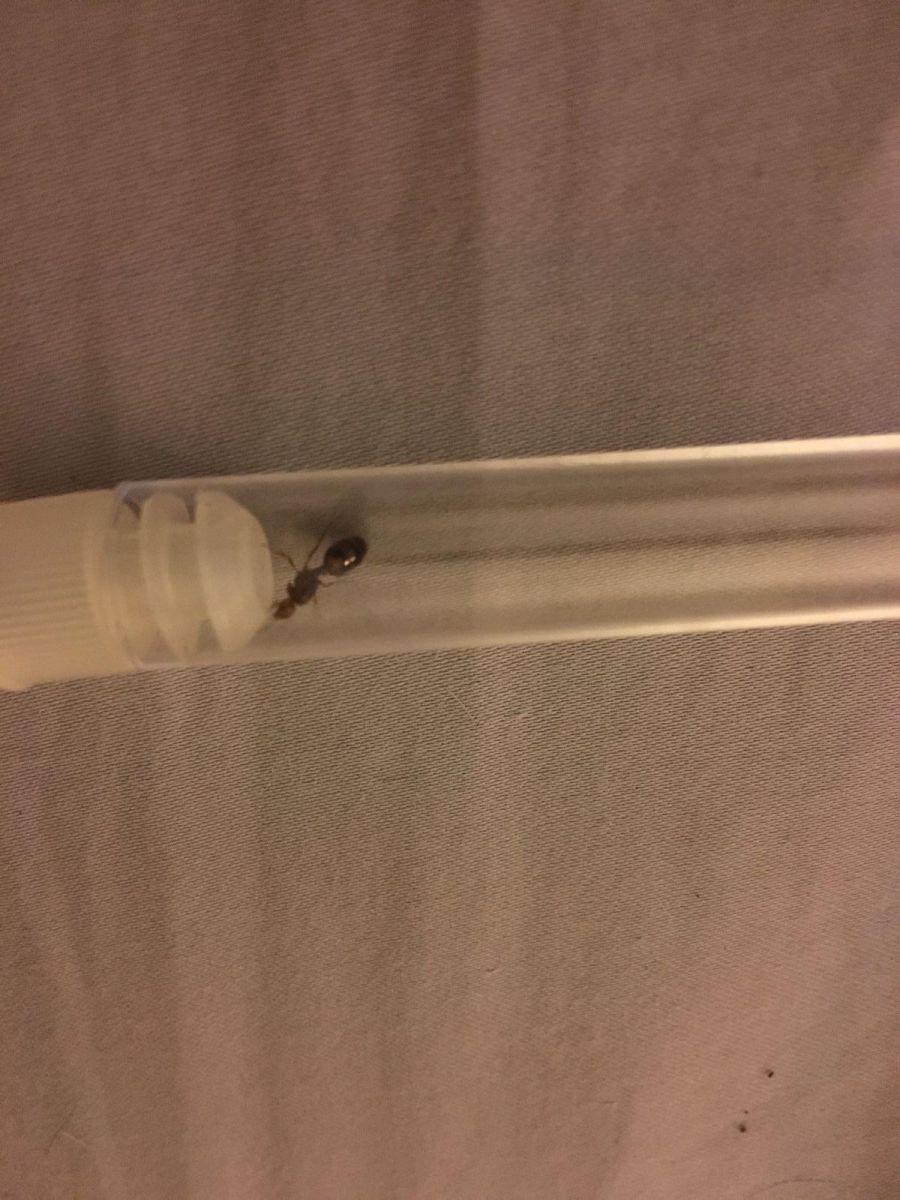
I hope that's a queen.
But the fireants aren't my prized joy. I really want a harvester ant queen, however, they don't appear to be flying. I see the alates (I think) sitting outside the nests, but they peek out, sit there for a second, and then turnaround and go back inside.
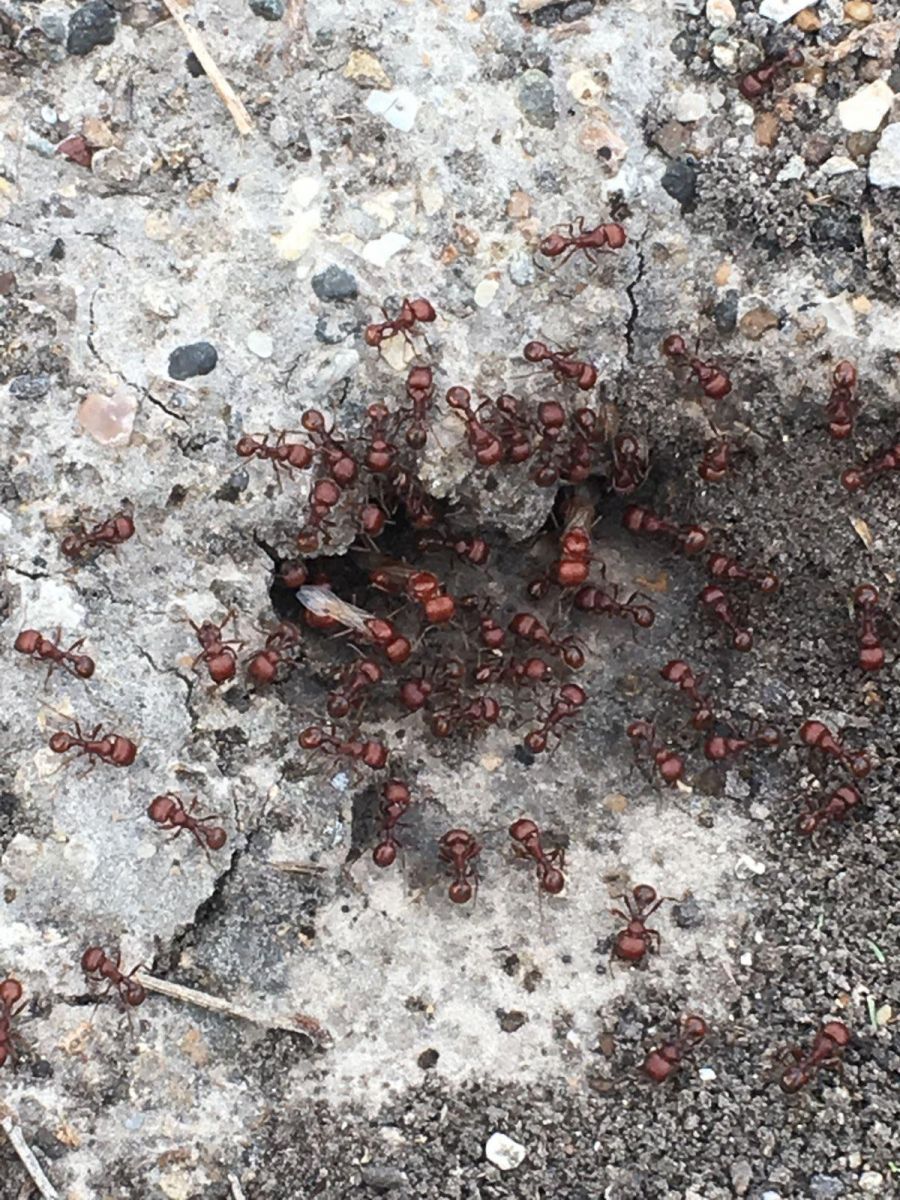
Then a few seconds later, they peek out and go right back in. I've walked the entire course looking for potential starter nests to attempt to dig up, but i've only managed to dig up bees and they don't appreciate that.
So my question -
Will the flights occur throughout a day(s) or is it a few hours and its over?
There is alot of space to cover, but a majority of the land is brush so there's no way I'm walking through that. I know there are several harvester ant nests in the brush, because I see trails going in the direction, but unless I have a small drone, there's no telling.
I saw something rather fascinating I would like to share
This nest
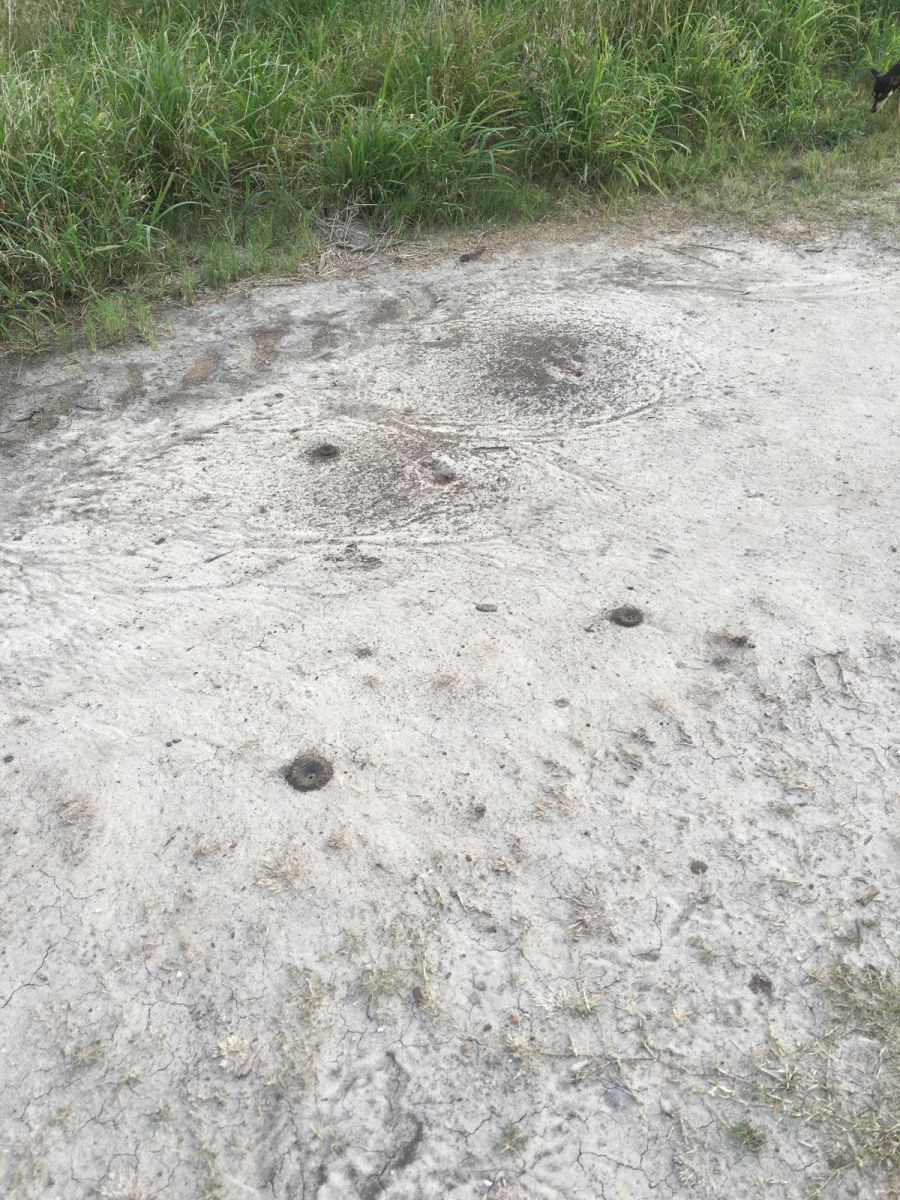
and this nest
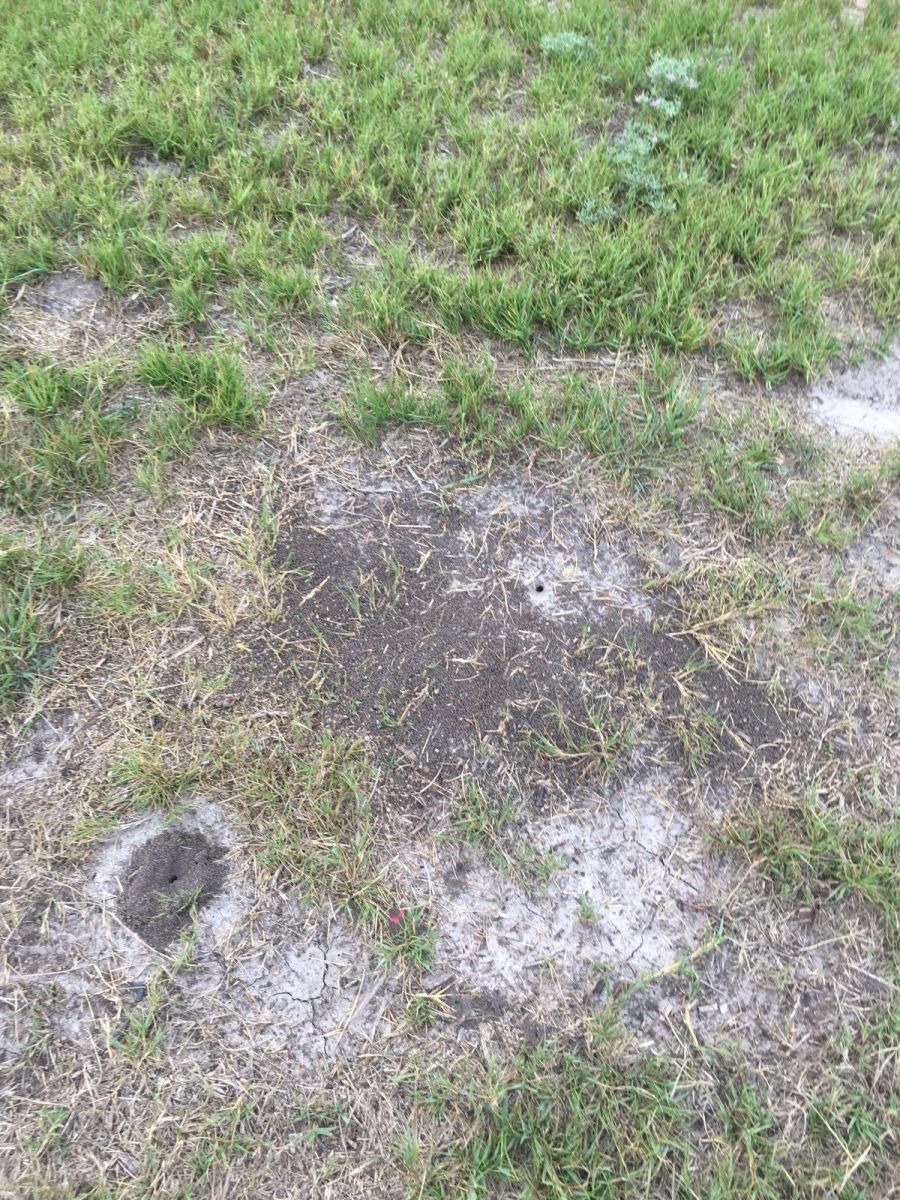
are about 50-75ft away from one another, yet the big one has an entire trail of ants going to the smaller one. What's crazy is, the small one is fairly new. I've never seen it until recently. It sits between the large one in previous pic, and another large one, another 30ft in the same direction as this small one.
However, 50 ft in the opposite direction of the large one, is another medium size nest and right around the 25ft mark, there is a battleground. (i made a video but won't upload it). The two nests are always fighting. It's like the gaza strip. So many dead harvester ants and always fighting among them. What gives?
How is it that the large one is good with the small one 50 ft away, but on the other side, they are arch enemies?
Sorry for the long post.







